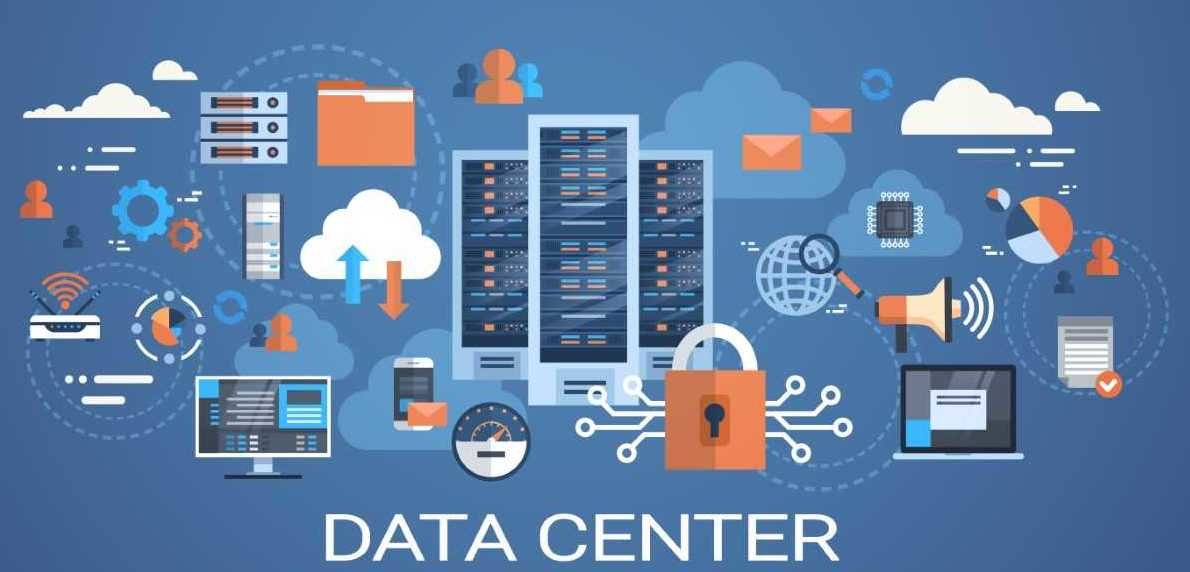Data centers were not immune to the impact of the COVID-19 outbreak on the world economy. They, too, were affected by it but somehow adapted to these unprecedented times. Even though the overall IT market experienced a recession in 2020, the spending on data center systems is expected to increase by 7.4 percent from the previous year and reach close to $192 billion in 2021.
An interesting trend that was witnessed during this time was the increase of remote workers. Most managers and leaders of data centers made efforts to handle this trend so that their facility’s operations remain unaffected. If you are one of them, here are a few practices that can help you with managing data centers:
Invest in DCIM Solution
If your team is working primarily remotely, you may face certain situations that require some team members to travel to the physical data centers. However, you can minimize the need to travel by investing in a data center infrastructure management (DCIM) solution. This system will allow you to constantly monitor your facility’s infrastructure and respond to any issues remotely.
While using this software, you can view your assets, power, cooling, and alarm statistics from a central point. It may help you to prevent, identify, and remediate most challenges through remote management capabilities without actually sending your team to the facility.
Ensure Clear Communication
As management and leadership, you are responsible for informing your team about what is happening within the data centers and their individual roles to ensure seamless operations. If you maintain strong communication processes and update/instruct your team regularly, you can conveniently monitor and respond to the various functions and concerns. It will help you manage the data center even if your team is not physically present at the facility.
Mitigate Risks Remotely
With a DCIM solution in place and clear communication within the team, you can manage your remote workers in a way that mitigates most risks. A recent report revealed that almost a third of all reported outages cost more than $250,000, with several exceeding $1 million. So, you can’t afford any system downtime. When you have you have access to data regarding power and cooling, power chain mapping, and non-disruptive fault simulations, you can come up with well-defined and reliable contingencies for potential risks.
Train Your Team
Training your team to adapt to new routines and checks after the COVID-19 outbreak is extremely important. It includes learning about new tools and means of monitoring and reporting back about such tools. Additionally, you should create a pandemic disaster plan so that they know about their responsibilities in such situations. If you can bring clarity and consistency to the tools and ways of using them, your remote workers will be better equipped to handle any uncertainties.
Although this virus outbreak may soon see the curve flattened, remote working could be a trend that may continue and become the new normal. After all, both data center managers and employees are realizing the exponential benefits of remote working. And, if they follow these practices, they may be able to better adapt to virtualization in workplaces.


No comments yet